
Starting solids is such a huge (and fun and exciting and messy) milestone — and on the one hand it seems like it should be pretty basic, right? But as advice and dietary paradigms change from one year to the next, there are still some pretty prevalent misconceptions lingering about the gradual transition to solid foods.
Here are five of the most common myths about starting solids, busted:
Myth #1: Babies need juice to stay hydrated.
Fruit juice is marketed to the public as a natural, healthy source of vitamins and minerals; for years, pediatricians used to recommend orange/fruit juice as a source of vitamin C for kids.
But fruit juice — no matter how “natural” or free of additives it may be — isloaded with sugar. By definition. Indeed, the additional sugar content in juice has led to increased overall calorie consumption among children (which in turn begets its own problems…) and a higher risk for cavities.
There are other problems, too. Whole fruits are satisfying and satiating, while fruit juices are neither. When children chew whole fruits, they are learning about what the fruit looks like, about its texture, and about its taste (it’s an experience!); plus, they are building oral motor-development skills. Without all the fiber and protein inwhole fruits, and regardless of its vitamin contents, fruitjuice is not healthy or necessary. (This is also why you may sometimes hear that juice is not actually all that different than soda/pop in terms of its “health” — or lack thereof.)
One of the problems with regularly offering juice to babies is that it can (and often does) very quickly become a habit. Babies reallylike juice (because: sugar, lol), and so do toddlers and children (shoot, I do too!), but it’s all too easy for children of any age to consume too much fruit juice too often, sometimes at the cost of breastmilk, formula, water, or other nutritious foods — which is not ideal, to say the least. (In fact, did you know that some toddlers drink so much juice that their GI systems can’t handle it, and the sugary-carb overload can cause diarrhea? Fun stuff.)
The real deal: Fruit juice is not a health food and it’s totally unnecessary. Nutritionists and pediatricians recommend avoiding juice altogether in a baby’s diet (and minimizing it, if you offer it at all, for toddlers and children).
Myth #2: Babies should have low fat foods.
The low-fat craze from the 1980s and 1990s has proved really difficult to roll back — but it was totally off base! For babies and young children especially, fatty foods are a super important source of energy and are also critical for neurological development and healthy growth. Fat also improves vitamin absorption and plays an important role in hormone production.
Rather than dietary fat being aproblem, it’s actually babies who don’t getenoughfat that may be at risk. In specific, babies who consume a low-fat diet may not be meeting their energy needs — fatty foods are highly nutrient-dense, and without them, most babies literally cannot eat enough foods to otherwise meet their body’s demands.
The most high-quality fat sources are foods with unsaturated fatty acids, such as fatty fish (which also contains omega 3), or healthy organic oils (such as canola, olive, or sunflower).
The real deal:Current recommendations advise that fat should constitute roughly 40% of a baby’s diet (from 6-12 months) — some favorite, easy sources include olive oil, nut butter, and avocado.
Myth #3: Baby's first food should be infant cereal.
Although it’s common for American parents to offer infant rice cereal (or infant oatmeal) as baby’s first food, you by no means have to follow that script.
In fact, around the world, babies eat all different kinds of foods during the transition to solid foods — including meats, fruits, cereals, veggies, soups and fish. Rice cereal or oatmeal is convenient, affordable, and easy to prepare — and there’s nothing “wrong” with it! — but if you’d prefer to start off with other foods, you totally can.
One reason pediatricians often recommend infant cereals as a good starting point is because they are iron-fortified, and older babies (especially exclusively breastfed babies) need good sources of iron to prevent iron deficiency. There are many wonderful plant foods rich in nonheme iron (such as legumes, beans, nuts, and spinach), but these are often less bioavailable (meaning, harder for babies to absorb and “use”). In turn, animal foods contain heme iron, which is more bioavailable (absorbable) — and meat is an especially rich source.
In fact, nutrition studies have shown that meats and fortified cereals are comparable in terms of their iron content and availability — and since it’s so important for babies to get enough iron, it’s likely a good idea to offer at least one of them to growing babies. Still, though — there’s no reason either one has to be THE first food your baby eats. You can start off with anything you like, for the most part, and just know that including either or both of these iron-rich foods in your baby’s budding diet will help ensure they’re getting the nutrients they need.
Myth #4: You have to choose between spoon feeding and baby-led weaning (BLW).
I sometimes hear moms talking about whether to spoon feed or follow BLW like they’re taking sides in a debate. We discuss these two options almost as opposites, or necessarily exclusive choices, everywhere — in books, on mom blogs and feeding influencer sites, with our parents (who probably think we are nuts…) and among ourselves. And this really is too bad — becauseit’s not like that.
[BTW, if you need an FYI on BLW, we have an “all about that” primer, ICYMI ??. LOL. Gosh, are we funny. (JK, I’m the person who always needs to look up the latest social media acronyms… )]
You can do both! BLW and spoon-feeding both have benefits and drawbacks, and in fact using some combination of both feeding pathways helps bring out the best (and minimize the downsides) in each.
BLW offers babiesindependence over their own feeding — which often leads to less fussy eating, improved appetite regulation, and enhanced fine motor skills/development.
Spoon-feeding has the advantage of potentially exposing babies to a greatdiversity of foods, textures, and flavors during the early stages of complementary feeding (because they can eat beyond what they are personally capable of feeding themselves).
In reality, every baby is different, too — some take to either approach more “strongly” than others (hah), and some love to mix and match. The best advice is to go with the flow, and follow your baby’s lead, rather than some ideological commitment to either particular tack.
The real deal: You can BOTH spoon-feed a babyand let them feed themselves. You don’t have to sign on the dotted line.
Myth #5: Babies shouldn’t eat any allergenic foods before one year.
You’ve probably noticed in your own experience that food allergy rates among children are on the rise — and in fact they have been for some years now. (Some of the most common allergenic foods include cows’ milk, egg, shellfish, fish, soy, gluten, peanuts, and tree nuts.) For a long time, pediatricians and nutrition experts recommendedavoidingfeeding babies these allergenic foods until they were at least one year old. But guess what happened? Food allergy rates actuallyincreased during this time.
That’s right — new data show that delaying allergenic foodsdoes not decrease the risk for allergy. And with certain foods, we have pretty darn compelling evidence that suggests just the opposite: that avoiding those foods mayincrease a baby’s risk for developing an allergy down the road. (We have the most data on this from peanut exposure, which indicates that introducing peanuts in the first year demonstrably reduces a baby’s risk of developing a peanut allergy.)
The real deal:According to the most recent USDA Dietary Guidelines for Americans (see chapter 2, on infants and toddlers), parents should offer allergenic foods to babies alongside other complementary foods — meaning, we can and should feel good about serving our babies these potentially allergenic foods through the transition to solid foods. (Note that cows’ milk is fine to offer in small quantities or as an ingredient, but babies shouldn’t drink plain milk prior to one year.)

At Amara, it’s our mission to set the foundation for a lifetime of healthy eating, starting right from baby’s first bites. We know how important the first years are in establishing children’s eating habits and preferences, and we also know how much time and energy it can take to put healthy, flavorful, nutritious food on the table. We use a nutrient-pressed technology that locks in all the good stuff (nutrients, tastes, textures) to make 100% whole foods convenient and accessible for every family. Check out our full line of organic baby foods and toddler snacks for an array of fresh-tasting flavors and fun pairings for your baby or toddler.
SHOP NOW
References
V Dipasquale & C Romano, Complementary feeding: new styles versus old myths, Minerva Medica 2020
M Fewtrell et al (ESPGHAN), Complementary feeding: a position paper by the ESPGHAN, Committee of Nutrition
JE Obbagy et al. Complementary feeding and food allergy, atopic dermatitis/eczema, asthma, and allergic rinitis: a systematic review, Am J Clin Nutr 2019
Abrams et al. Fruit juice and child health. Pediatrics 2017
Heyman et al. Fruit juice in infants, children,and adolescents: current recommendations. Pediatrics 2017
Schiess et al.Intake of energy providing liquids during the first year of life in five European countries. Clinical Nutrition 2010
M Domellöff, Iron requirements of infants and toddlers, JPGN 2014
JE Obbagy et al Complementary feeding and micronutrient status: a systematic review. Am J Clin Nutr 2019
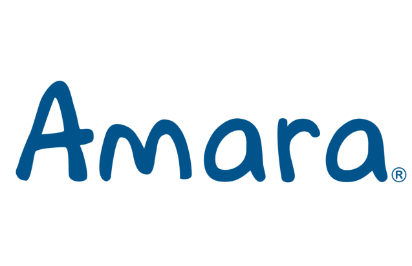
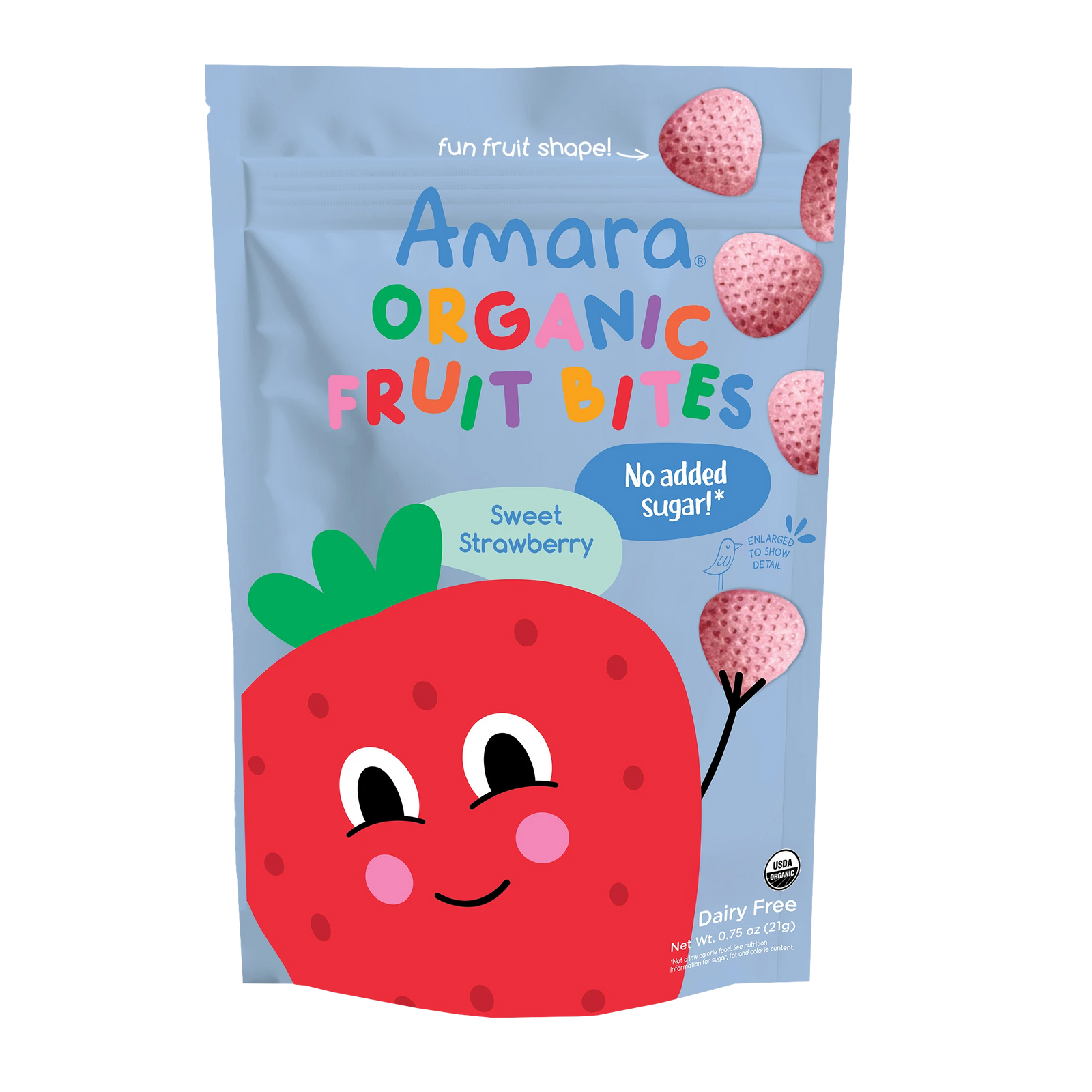


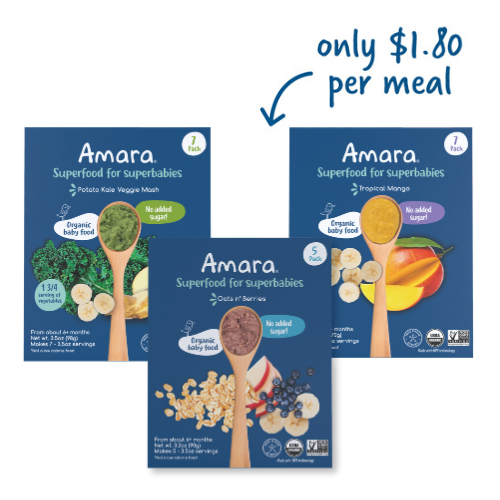
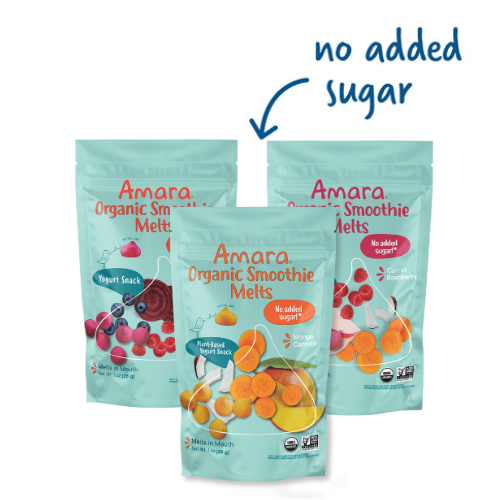
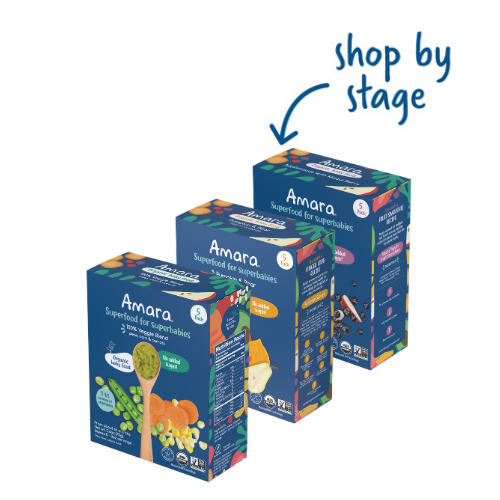
Leave A Comment